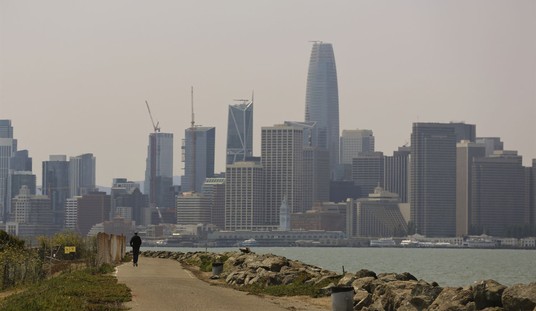Union membership plummeted last year to the lowest level since the 1930s as cash-strapped state and local governments shed workers and unions had difficulty organizing new members in the private sector despite signs of an improving economy.
Government figures released Wednesday showed union membership declined from 11.8 percent to 11.3 percent of the workforce, another blow to a labor movement already stretched thin by battles in Wisconsin, Indiana, Michigan and other states to curb bargaining rights and weaken union clout.
Overall membership fell by about 400,000 workers to 14.4 million, according to the Bureau of Labor Statistics. More than half the loss, about 234,000, came from government workers, including teachers, firefighters and public administrators.
But unions also saw losses in the private sector even as the economy created 1.8 million new jobs in 2012. That membership rate fell from 6.9 percent to 6.6 percent, a troubling sign for the future of organized labor, as job growth generally has taken place at nonunion companies.
Reporters and experts attribute the decline to a couple different things. 1) Unions have been in steady decline since the ’70s. 2) The modern workplace accepts most of the conditions unions used to advocate for as givens— basic safety, fair work standards, and non-discrimination. 3) Shrinking unionized government work forces due to budget cuts and right-to-work laws. 4) Union members and potential union members feel like leadership has become unresponsive to their needs. 5) Unions can’t get young people to think they’re worth joining.
Certainly, in new right-to-work states, the drop-off is notable. Indiana became a right-to-work state in early 2012, after which employees were not compelled to give money to unions as a condition of employment:
Indiana became the first right-to-work state in the region in February 2012. Membership rates plummeted: About nine percent of state workers belonged to unions in 2012, down from 11.3 percent in 2011.
In Michigan, union membership had already fallen a percentage point even before the state passed a right-to-work law in late 2012:
The U.S. labor movement, including Michigan’s unionized work force, continues to diminish in size and clout as membership fell half a percent in 2012 to levels not seen since the 1930s, according to data released Wednesday.
The state had 629,000 unionized workers in 2012 or 16.6% of the work force, compared to 671,000, or 17.1%, in 2011. That is a far cry from 1.2 million members or 40% of the workforce in 1979.
Unions also have a generational problem. Young people, to a much greater degree, are comfortable with frequent job changes or even switching careers. Even among my liberal friends, many of whom extracurricularly fight for union causes, almost none of them are unionized themselves (teachers and nurses are the notable exceptions). Almost none of them assume they’ll be with the same employer their whole lives, nor do they want to be. I’m trying to imagine an old, doughy union representative waltzing into the ping-pong room at a tech start-up and telling all the young, idealistic liberals therein they must pay hundreds and thousands of dollars for the privilege of being represented by him. Ha.
Pennsylvania shows a similar trend as a Republican lawmaker prepares to bring a right-to-work bill to the floor there. Right-to-work bills have been defeated repeatedly in Pennsylvania, which if it passed one, would make it the first Northeastern state to do so:
The number of union members in the state shrank from 14.6 percent of the workforce to 13.5 percent. Nationally, membership declined from 11.8 percent to 11.3 percent as cash-strapped state and local governments shed workers and unions had difficulty organizing new members in the private sector.
Union organizers in the Keystone State hope to defeat the bill in the short term, and for a return to the economy of the past in the long term. I’m pretty sure President Obama promised that return for four years. Here’s hoping for the next four, I guess?
Rick Bloomingdale, the Pennsylvania AFL-CIO president, says the federal figures reflect the loss of about 50,000 union members in the state. He said the labor federation would continue working to expand membership.
“Hopefully, we’ll see it come back in manufacturing and other … middle-class sustaining jobs,” he said.
Perhaps the biggest problem for unions, though, is that new jobs being created (such that they are) are in non-union sectors. The absence of unions subtracts overhead, frees up capital for more hiring and risk-taking, and ultimately gives brand-new businesses more flexibility to thrive and grow.
But hey, they’re still out there winning hearts and minds:
More than 110,000 children have had to find new ways to class since most drivers walked out on Wednesday in a dispute between their union and the city. None have been more profoundly affected than the tens of thousands of special-needs children and their parents, who tend to travel the longest distances, and for whom even walking out the door can be a challenge.
“This is catastrophic,” said Rachel Howard, director of Resources for Children with Special Needs, a nonprofit organization. “The more vulnerable and severely disabled the child, the more catastrophic it is.”
Front page photo courtesy of Michael Ramirez.








Join the conversation as a VIP Member